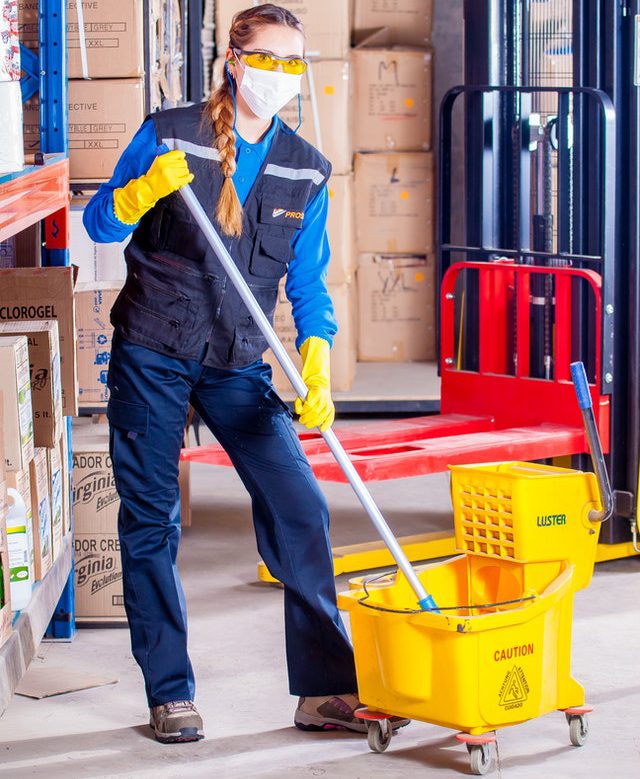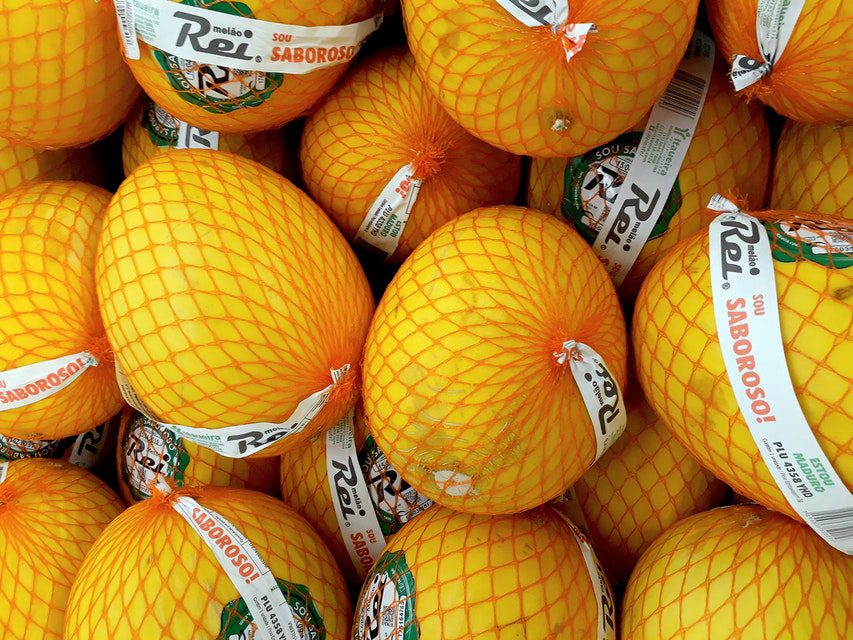There are many ways to assure food safety and quality. They include; traceability and tracking, complying with food standards like HAACP and observing good agriculture practices (GAPs). In this blog post, we will focus on GAPs; how you can implement them in your firm and the benefits of getting certified.
The demand for organic fresh products direct from small farms is on the rise. It reflects the consumer’s preference for safe food products. The trend is after growing reports of illness and death from eating harmful food. It may be toxic with pathogens, chemical or physical contaminants. It may get these during production, handling or distribution.
What are Good Agriculture Practices?
As its name suggests, GAPs are a set of pre and post-harvest practises improving food safety. They cover various farming topics on site selection, growing, harvesting and handling of produce. Each has details on how you can reduce the risk of contamination.
According to the FAO, food safety is an assurance that the food will not cause any harm to the consumer when it is prepared and eaten according to its intended use. It requires you as a value chain player to observe the following principles or topics;
Principles Good Agriculture Practices
The original guidelines by the FDA in 1998 had seven principles; water, manure, worker health and hygiene, sanitary facilities, field sanitation, packing facility sanitation, and transportation. Over time, additional topics on site selection, soils, fertilizers, animal exclusion and pest control have been adopted. This post explores all those topics;
Irrigation and Post-Harvest Water
Use clean and quality water to irrigate plants, frost and clean produce. Water for irrigation should meet safe water standards and be free of human or animal faecal matter. Those used in post-harvest needs must meet the qualities of safe drinking water. To ensure its quality, carry periodic water testing depending on its source. You can get a cheap drinking water testing kits online from Amazon.
Manure and Municipal Biosolids
Use a controlled composting procedure to manure and other biosolids to reduce the spread of any present pathogens to food. A common pathogen in cow manure is the E. coli bacteria. To reduce its spread, pile it in a place where its runoff will not spread to water sources. Allow it enough time for complete decomposition. If possible, manure spread around plants should be buried so it cannot splash to low growing crops.
Worker Health and Hygiene

According to the CDC, 86% of food-borne illnesses like Hepatitis A, E Coli, and Shigella are a transmission from an infected food worker. Luckily, observing hygiene can reduce this risk significantly. It involves;
- Routine hand-washing after eating, drinking, smoking. Other times are after touching yourself and unclean surfaces, foods or tools.
- Report sicknesses and prevent sick workers from handling food.
- Use of PPEs; like disposable sterile gloves and face masks while handling food.
Sanitary Facilities
It is a requirement of the occupational safety and health Act (OSHA). You will provide ample toilet facilities fitted with running water, toilet papers and non-perfumed soap. Make sure they are cleaned regularly and are accessible to workers from their units. They should be gender-specific and have signage for “Now wash your hands here” on the inside.
Field Sanitation

Get specific containers dedicated to harvesting and packing fresh farm produce. Those bags, crates and baskets should be hygienic. For packing, use new or sanitised containers only. Any product that is damaged, contaminated by animal faeces, has visible bruising or dropped to the ground should not be picked. Pickers should wash their hands or wear disposable gloves while handling food.
Transportation
If possible; a single car should not haul animals, farm products, fuels and other farm inputs like fertilizers and chemicals. If it’s not possible; inspect, wash and sanitize the vehicle to reduce the chances of contamination.
Packing Facility Sanitation

Contaminated packhouse surfaces like tables, countertops and containers can poison food. To reduce the risk, clean and sanitize surfaces effectively. Pests and improper workers hygiene is another hazard. To control pests, use non-hazardous pesticides and disinfectants outside the packhouse. Workers have to observe all hygiene at all times.
Site Selection and Soil Analysis
Past land use may contaminate food products. To check on its suitability, carry out a soil test or analysis. Check on its past uses, that may have left it toxic. It may arise from animal husbandry, uncontrolled use of pesticides and fertilizers. Other causes are its use as a waste disposal site, mining flooding or sewerage spills. Do not check your site on isolation but check on adjacent land uses as they may be sources of contamination.
Animal Exclusion and Pest Control
Service livestock and wild animals like pests birds and rodents are potential carriers of contaminants. Eliminate pets and livestock from crop production areas. Have measures to eliminate wild animals from the field like the use of bird nets. Other means, are the use of buffer zones, sound canons, garbage control and proper drainage to keep your farm pest free.
Food Tracking Traceability and Recall

Your firm must follow and document the movement of food from production to distribution. Your system must be able to track and trace a product to allow its fast recall or withdrawal from the supply chain in case of an affirmed or suspected hazard.
Tracking is your ability to determine the real-time location and status of the produce in the logistic chain. Tracing is your ability to reconstruct the flow of produce based on its records kept in the supply chain.
Traceability is a trend to assure a product’s quality and safety. A stakeholder can know; how, who, when or what is the origin of a food safety problem.
Benefits of getting your farm GAP certified
A GAPs-certified farm earns more than a non-certified one. If you observe the above ten principles, you can get audited and certified. Securing it shows you are compliant with rules to safety produce, handle, store and distribute fresh foods.
As a grower committed to sell safe products and diminish the risk of food hazards, you can make more sales to wholesalers, schools, and grocery stores. Apart from making the extra profits; the additional benefits of implementing GAPs are;
- Protect and improve people’s health,
- Promote sustainable agriculture practises
- Improve the safety and quality of food and farm commodities.
- Easy access to domestic and export food markets
Challenges of implementing Good Agriculture Practices
Despite the many benefits of implementing GAPs, the adoption levels are low. It results from the following factors;
- Lack of market awareness, especially micro and small farmers and food processors.
- Inactive consumer’s associations that advocate for improved food safety.
- Lack of time to undergo auditing and certification.
- The high cost of certification.
- Getting a GAPs certificate may not provide a significant return on investment. The execution procedures like record-keeping will increase your farm costs.



